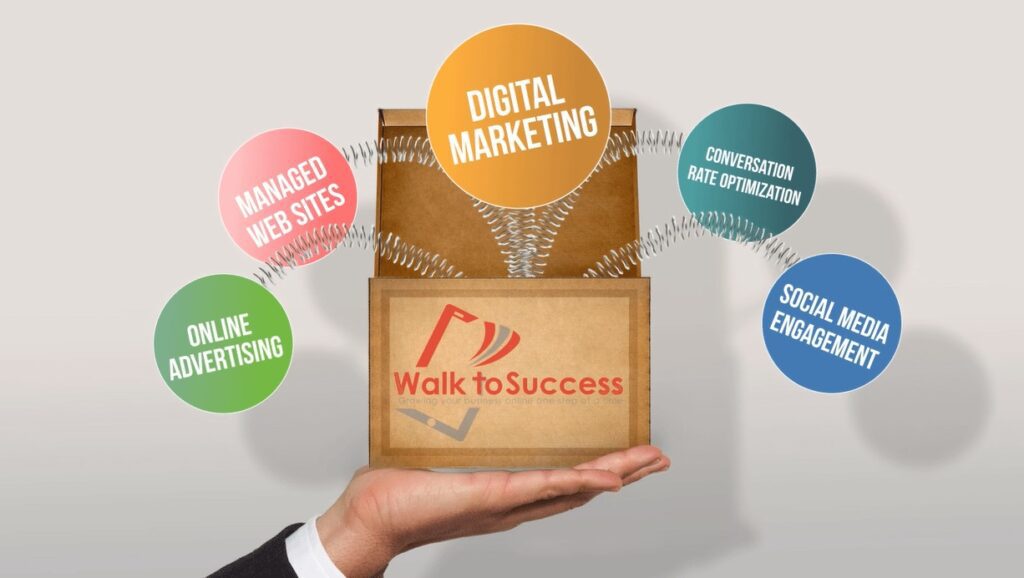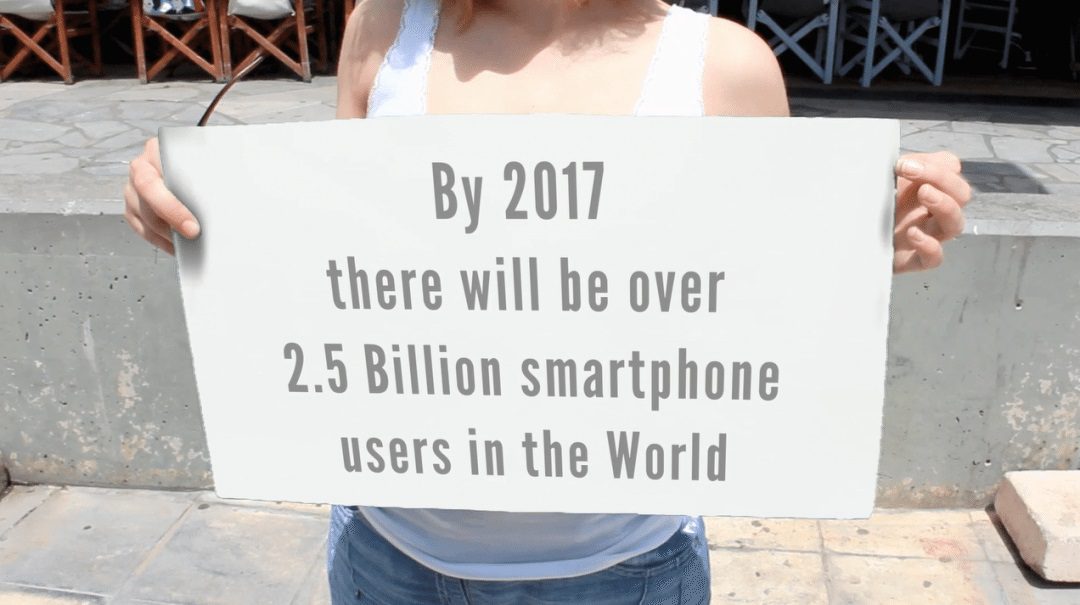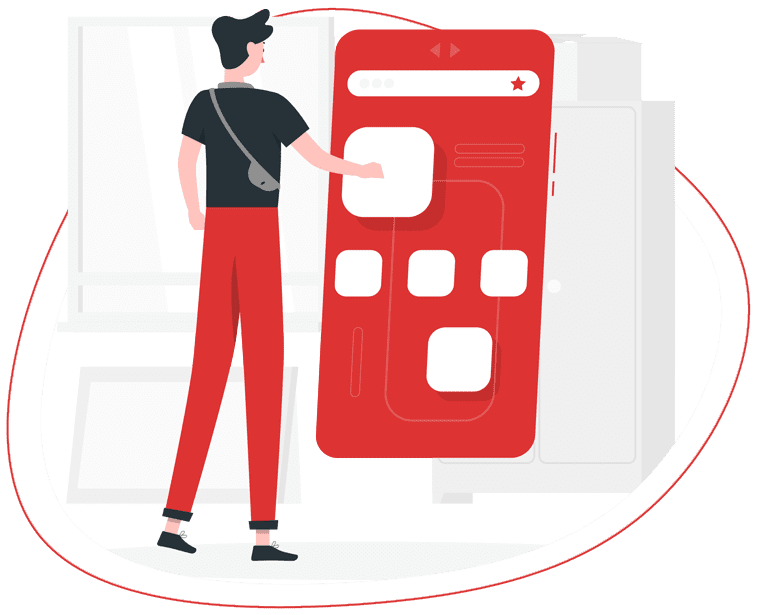Digital Marketing Plan Blueprint for Small Businesses
Running a startup or small business? You need a digital marketing plan – luckily, we’re providing the blueprint here. Get started – and earning – today.
It’s no secret that consumers use the internet for almost all of their information gathering needs. This means a digital marketing plan for your business is a must.
For anyone who’s new to promoting their business online, the choices can seem overwhelming.
Do you use Facebook?
LinkedIn?
What exactly is Twitter?
Or Snapchat?
How do I write a blog?
Before you look at which social media platforms to use or what to write your first blog about, you need a plan.

Let’s jump into creating your digital marketing blueprint:
1. What’s the Goal of Your Digital Marketing Plan?
The first step in any plan is deciding what you want to get out of it.
Use S.M.A.R.T. to craft your goals. They should be specific, measurable, achievable, relevant and time-based.
For example, if you are opening a new coffee shop, one goal could be “I want to have revenues of $100,000 by the end of year one.” Another goal could be, “I want to have 1,000 Facebook fans and 1,000 Instagram followers within six months.”
Sit down and come up with some clear, realistic goals for your business.
Don’t worry; you can always revise your digital marketing plan as you build your business.
2. Who is Your Market?
The next step is to research who will be interested in your product or service.
If we go back to our coffee shop example, you may have several target audiences. These could be:
- People within a certain mile radius of your shop who enjoy coffee and baked goods
- If there’s a college nearby, students who may want to use your shop for coffee and a study place.
- People who work from home who are looking for a meeting place for clients, as well as a place to work.
Once you have some ideas about your potential audiences, research more about their demographics and characteristics. Google can be your friend here, as well as speaking to your local chamber of commerce and any other business networking groups.
Now you have a good idea of who you want to reach and why. This knowledge makes it easier to figure out what the best online venues are for communicating your product or service.
3. The Basics – A Website
Regardless of what social media platforms you use, you will definitely need a website.
A recent survey found that almost half of small businesses do not have a website. This is short-sighted for these businesses, but also a benefit for you.
Having a website where your competition may not puts you ahead of the game for people who search online for products and services.
Some small business owners use a Facebook page instead of a website. This is not a recommended strategy.
While Facebook is undeniably popular, not all age groups and demographics are avid Facebook users. And even people who may fit the typical Facebook demographic may not use it at all.
While there are some costs to having a website hosted and created, the cost of potential clients not finding you and losing sales is higher.
Your site must also be mobile-friendly. Smartphone usage has exploded, and a consumer must be able to find you on their phone.
4. Search Engine Optimization and Marketing
Once you have your website set, you need to make sure you use the right keywords for SEO. This will involve some research online to see what others in comparable businesses are using.
Choose a set of keywords that best exemplify what you do or sell. For example, “locally brewed organic artisan coffee” is a more compelling set of words than “coffee shop.”
Particularly for businesses trying to develop a local audience, your website should also be optimized for the “near me” search on phones.
Search engine marketing refers to paid ads, such as Google Adwords. Keywords are also important for SEM so choose your words wisely!
5. Social Media
There are many different options for social media. Choose the program or programs that best fit your target audience demographics.
For example, if you’re trying to reach a young, “hip” and diverse audience, Instagram would be an excellent choice. LinkedIn, which has an audience skewed toward older adults, would not.
This is not to say though that you shouldn’t have a presence on all the major platforms. It’s a good idea to have your company name and an account set up for each program.
You should focus your energies, and content, on those that specifically talk to the people you want coming through your doors.
The key thing to remember about social media is that it’s just that – social. Social media works best when you use it to actively engage with your customers.
This give-and-take between you and the consumer builds brand engagement and loyal followers. It may mean that sometimes the conversation can turn negative.
Use this as an opportunity to show your business wants to hear from the customer, good and bad. Demonstrate your ability to solve problems and make customers happy.
It may seem like a hassle when it happens, but it’s a powerful way to build customer enthusiasm and credibility for your business.
While you’re looking at social media platforms, don’t forget Yelp! Bad reviews on Yelp can be the bane of a small business owner.
However, effective handling of complaints can also be an excellent marketing tool. Moreover, research has found 90% of Yelp users make decisions based on positive reviews.
Actively encouraging current and future clients to post reviews on Yelp is another solid way to promote your business locally.
6. Back to S.M.A.R.T.
So now you have everything in place for your digital marketing plan. The final step is measurement and refinement.
Make a plan to review your S.M.A.R.T. goals regularly. There are many types of online analysis tools you can use:
- Likes and followers on social media (i.e. Facebook, Instagram, Twitter)
- Analytical tools unique to each social media program (i.e. Facebook Insights)
- Google Analytics for your website
- Click rates if you use SEM (Search Engin Marketing).
- Quantity of good vs. negative reviews on Yelp
Of course, “traditional” measurements such as the number of sales, total dollar amount of revenue, and more should also be used to review your goals regularly.
Continue to use your S.M.A.R.T. goals to refine your digital marketing plan. Speak to a consultant if you need help putting it all together.
“Let’s go invent tomorrow rather than worrying about what happened yesterday.”
Steve Jobs




0 Comments